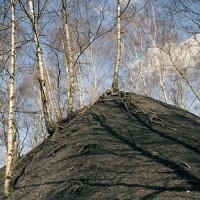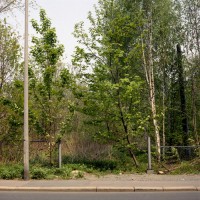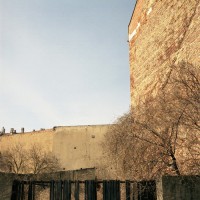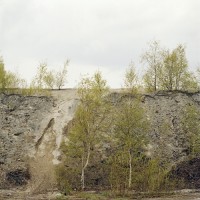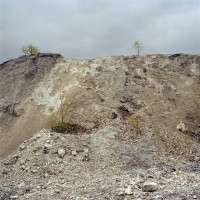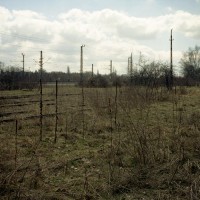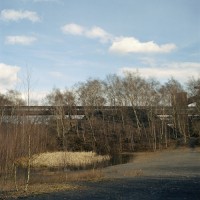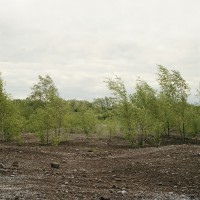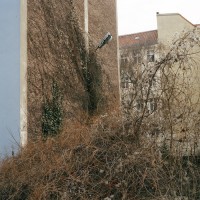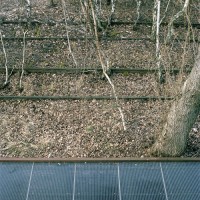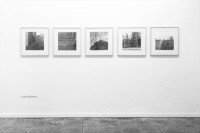N a t u r . v i e r t e r . A r t . 2 0 0 6 .
10 C-Prints, 35 x 35 cm, framed 50 x 50 cm, ed. 3 + 2 AP
In her series "Natur vierter Art" (Nature of fourth Kind) with photographs of industrial wastelands, and their slow recapture by the plant world, Sarah Straßmann puts forward the issue of presence. What once took place on this land, how much of the previous history and of the civilization legacies remain in the dark? At what point is cultivated land protected area and how to determine the visibility of this ratio? As in later works Sarah Straßmann explores in this photographic series the line between presence and absence, between visibility and invisibility.
(Roland Nachtigäller, in: "Lahnungen", catalogue Westwendischer Kunstverein, Wendland 2010/ shortened)
